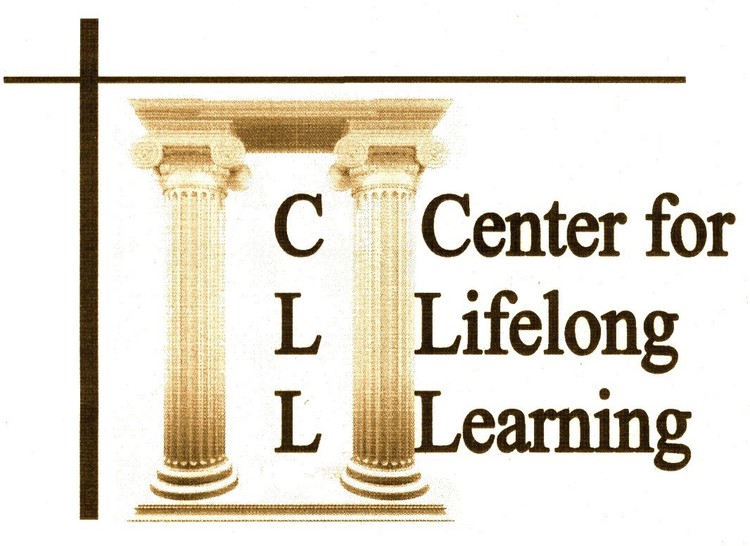Understanding the United States Constitution
The Constitution of the United States of America and the government it created is an ongoing experiment. For the first time in history, a government issued a written declaration that its authority to govern resided in the people governed. Whether this experiment will succeed remains an open question. Which is what may have led Winston Churchill to observe that “Democracy is the worst form of government, except for all the others.”
Many of the issues that our founding fathers attempted to address are issues that we are still struggling with today. For example, we continue to debate how to appropriately assess the cost of government, the power of the federal government versus the power of the states, and the relative authority of the Congress, the President and the Judiciary.
Some issues that our founding fathers found too difficult to address continue to be problematic, particularly the allocation of equal rights to all who are governed under the Constitution regardless of gender or race.
In this course we will learn about the state of affairs after the United States secured its independence from England that lead to the need for the writing of a Constitution. We will study the original language of the Constitution and gain an understanding of its language and original intent. We will also learn how our Constitution and the government it created has changed over time.
As we proceed, we will address several important topics of discussion including:
Did the Constitution create a democracy or a republic?
What compromises were necessary to gain approval of the Constitution by the 11 of the 13 original states?
During our history as a nation, has the power of the federal government expanded at the expense of the power of the various states and, if so, how did this occur?
During our history, has the relative power of the legislative, executive and judicial branches of our government changed and, if so, how did this occur?
Did our founding fathers create an efficient form of government? Has it become more or less efficient over time?
Course Outline
I. History of the Constitution
A. Articles of Confederation
B. Shays Rebellion
C. Conflicts Among the States
D. The Annapolis Convention
E. The Constitutional Convention
F. Ratification
G. The Bill of Rights
II. The Preamble of the Constitution
III. Article I - The Legislative Branch
1. Section 1 – The Vesting of Legislative Authority in the Congress
2 Section 2 -The House of Representatives
3. Section 3 - The Senate
4. Section 4 -9 - The Power and Authority of the United State Congress
IV. Article II - The Executive Branch
1. Section 1 - The Selection of the President
2. Section 2 - The Power and Authority of the President
3. Section 3 -The Duty to Report to Congress on the State of the Union
4. Section 4 - Removing the President and Vice President
V. Article III - The Judicial Branch
1. Section 1 - The Establishment of the Supreme Court
2. Section 2 - The Power and Authority of the Judiciary
3. Section 3 - The Crime of Treason
VI. The Power and Authority of the Federal Government and the Various States
1.Article IV - The Rights of the States and Territories and the Citizens
2. Article V - Procedures for the Amendment of the Constitution
3. Article VI-The Adoption of the Public Debts of the States and the Supremacy of the Laws adopted by the Federal Government
4. Article VII - Procedure for the Ratification of the Constitution
VII. The Bill of Rights – Amendments 1 - 10 of the Constitution
VIII. Amendments 11 – 27 of the Constitution
Partial Bibliography
The Federalist Papers
The Anti-Federalist Papers
University of Missouri Kansas City School of Law, Constitutional Law Project
United States Senate – History of the Constitution
Yale University Law School, The Avalon Project
Cornell University Law School, Legal Information Institute, The Annotated Constitution
United States Archives – Charters of Freedom- The U.S. Constitution, A History
The United States Constitution on Line
Ashland University Center for Public Affairs, Introduction to the American Constitution
And the Founding Fathers
University of Maryland, University College, Constitution Day Project
www.findlaw.com The United States Constitution
Jordan, Terry L. The United States Constitution
Ferrand, Max, The Fathers of the Constitution
Cullop, Floyd G. The Constitution of the United States, An Introduction
Mitchell, Ralph. Congressional Quarterly’s Guide to the U.S. Constitution
